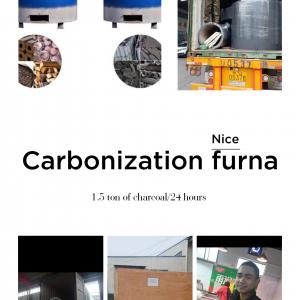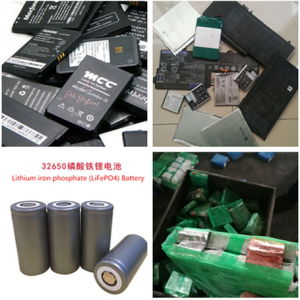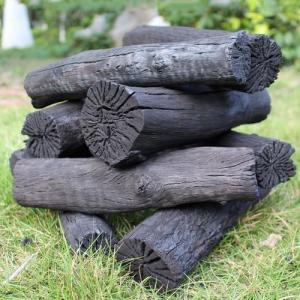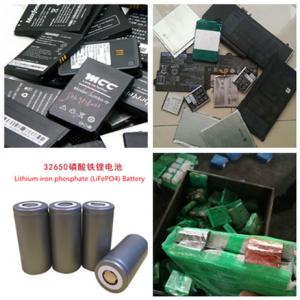How to recycle the positive and negative poles of used lithium batteries?
Li-ion battery positive and negative pole recovery equipment
1. Spent Li-ion batteries are very positive and negative, meaning:
With the advantages of high voltage, high specific capacity, long life, and no memory effect, the Li-ion-ion battery (hereinafter referred to as Li-ion battery) has rapidly occupied the power source market of portable electronic and electrical equipment since its commercialization, and the output is increasing year by year. Li-ion batteries are electronic consumables with a service life of about 3 years. The spent Li-ion batteries, if not disposed of properly, contain Li-ion hexafluorophosphate, carbonates, and heavy metals such as cobalt and copper, which will pose a potential threat to the environment. On the other hand, cobalt, Li-ion, copper, and plastics in waste Li-ion batteries are valuable resources with high recycling value. Therefore, the scientific and effective disposal of waste Li-ion batteries not only has significant environmental benefits but also has good economic benefits. Li-ion battery is mainly composed of Shell, positive, negative, electrolyte, and diaphragm. Positive is formed by coating Li-ion cobalt powder on both sides of aluminum foil current collector by PVDF as adhesive. Negative is formed by carbon powder bonding on both sides of copper foil current collector. At present, the research on the recycling of waste Li-ion batteries mainly focuses on the recovery of high-value positive very, precious metals cobalt and Li-ion, and the separation and recovery of negative very, materials are seldom reported. In order to alleviate the problem of resource shortage and environmental pollution caused by rapid economic development, it has become a global consensus to recycle waste materials. Waste Li-ion battery negative very, the copper (content up to about 35%) is a widely used important raw material, adhering to, on the carbon powder, can be used as plastics, rubber, and other additives. Therefore, the effective separation of waste Li-ion batteries and their components can promote the high-limit recycling of waste Li-ion batteries and eliminate the corresponding environmental impact. The common recycling methods of waste Li-ion batteries include Hydrometallurgy, pyrometallurgy, and mechanical physics. Compared with the wet method and fire method, the mechanical physical method does not need chemical reagent and consumes less energy. It is an environment-friendly method. Based on the characteristics of negative charge and structure of Li-ion battery, the separation and enrichment of negative charges were studied by the combined process of crushing, screening, and air separation.
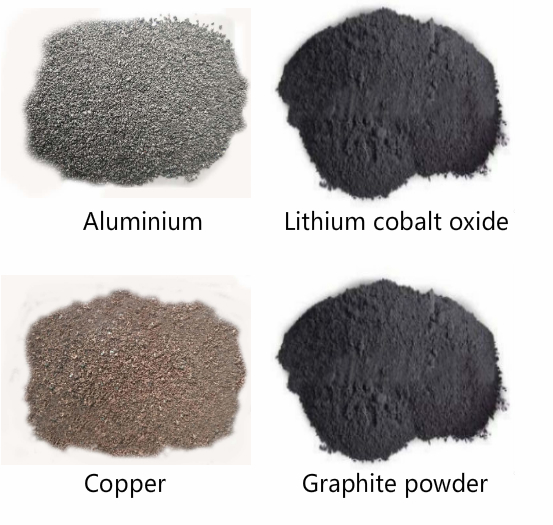
2. Waste Li-ion batteries positive and negative very, recycling equipment working principle:
Based on the positive and negative elements of Li-ion battery, copper, aluminum and positive and negative elements, and the material characteristics of the materials, a combined process of hammer crushing, vibration screening and air separation was used to separate and recover the positive and negative elements of the waste Li-ion battery. ICP-AES was used to analyze the metal grade of the sample and the product. The results show that the grade of Cu and al is 92.4% when the particle size is larger than 0.250 mm, and 96.6% when the particle size is smaller than 0.125 mm When the particle size is from 0.125 mm to 0.250 mm, the grade of copper and aluminum is low, and the separation and recovery of copper, aluminum and positive and negative materials can be realized by air separation, the recovery of copper and aluminum was 92.3% and the grade was 84.4%.
3. Features of waste lithium battery positive and negative electrode recycling equipment:
1) the combination of hammer crushing, vibration screening, and air separation technology can realize the utilization of waste Li-ion batteries, copper, aluminum, and positive and negative materials, and the resource utilization of materials.
2) the material can be separated from copper foil and aluminum foil by hammer crushing, and then the copper foil and aluminum foil can be separated by vibrating sieving based on the difference of particle size and shape. The results show that copper, aluminum, and positive and negative are rich in the range of particle size greater than 0.250 mm and less than 0.125 mm, respectively, and the grade is up to 92.4% and 96.6%, which can be directly sent to downstream enterprises for recycling.
3) when the particle size is 0.125ー0.250 mm and the grade of copper and aluminum is low, the effective separation of copper, aluminum, and positive and negative materials can be achieved by air separation. When the air velocity is 1.00 m/s, the recovery rate of copper and aluminum can reach 92.3%, and the grade can reach 84.4%
4) the equipment is mainly used by Li-ion-ion battery manufacturers to separate the scrap positive and negative elements, the positive and negative elements in the chips, and the materials for recycling purposes. The complete set of equipment operates in the negative pressure state, without dust leakage, and the separation efficiency can reach over 98%.
4. HOW IT WORKS:
The raw material is crushed to less than 10mm by a coarse crusher, then it is stripped and crushed by a fine particle crusher, and then it is separated and treated by a fine powder classifier.
Equipment flow:
Roughing machine -- Microparticle pulverizer -- A micro-grading machine -- a vortex separator -- a pulse dust collector -- A high-pressure blower
Handling Capacity: 50kg/h-1000kg/h

